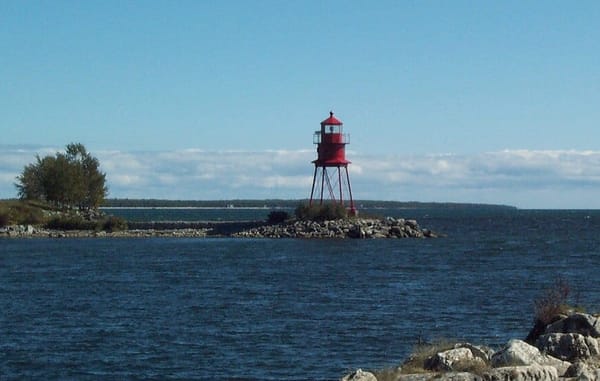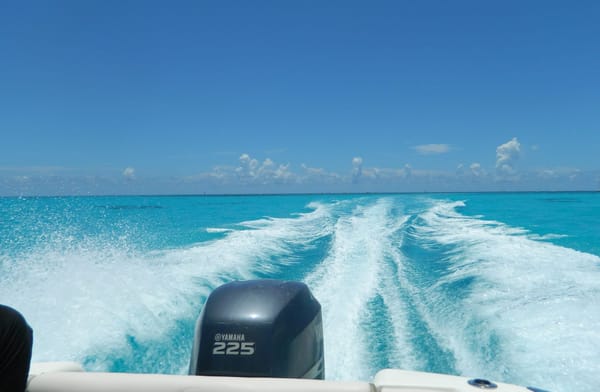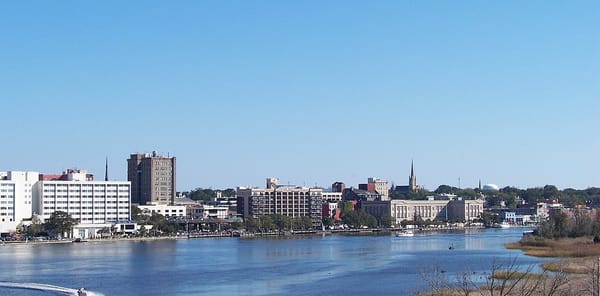Invasive Species: What to Watch Out for While Boating in Lake Havasu
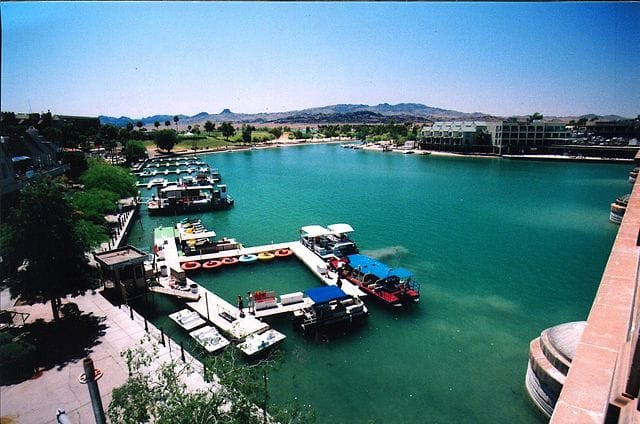
Lake Havasu, situated on the border between California and Arizona, is renowned for its stunning beauty, recreational activities and diverse aquatic ecosystems. Like many bodies of water around the world, such as the Chesapeake Bay and Lake Tahoe, it faces challenges from invasive species that disrupt its ecological balance and impact native flora and fauna. Keep reading to discover what you need to watch for to avoid transporting invasive species back to a marina or private boat slip rental.
Quagga Mussel
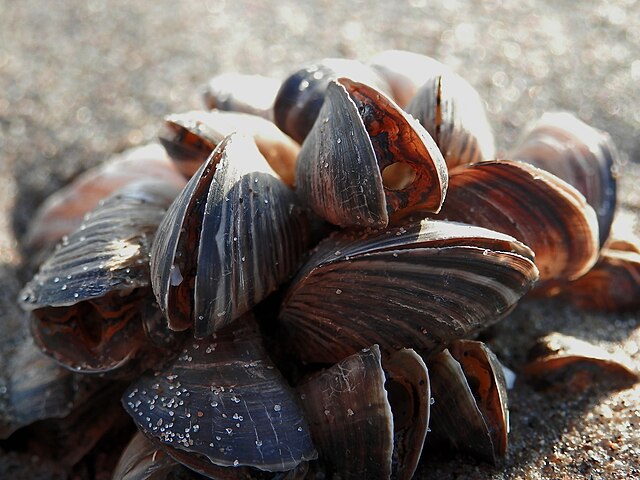
Photo: Wikimedia/Ryan Hodnett/CC by SA 4.0
One of the most notorious invasive species in Lake Havasu is the quagga mussel (Dreissena rostriformis bugensis). Originally native to the waters of Ukraine and Russia, quagga mussels were likely introduced to North America through ballast water discharged by ships. They were first discovered in the Great Lakes in the late 1980s and have since spread to various water bodies across the continent.
Quagga mussels pose significant threats to the ecological health of Lake Havasu. These small filter-feeding mollusks reproduce rapidly and can form dense colonies on underwater surfaces such as rocks, boats, water intake pipes and private boat dock rentals. Their prolific reproduction and colonization can lead to various problems that include water quality degradation, economic impacts and displacement of native species.
Efforts to control the spread of quagga mussels in Lake Havasu include monitoring programs, public education campaigns and implementation of regulations aimed at preventing their further introduction. Boaters are encouraged to clean, drain and dry their watercraft to prevent the inadvertent spread of invasive species by transporting it back to a private boat lift for rent. Research is ongoing to explore potential control methods such as the use of chemical treatments and specialized filters.
Red Swamp Crayfish

Photo: Wikimedia/Luc Hoogenstein/CC by SA 4.0
The red swamp crayfish (Procambarus clarkii) poses significant ecological threats. Native to the southeastern United States, they disrupt the aquatic ecosystem by outcompeting native species, altering habitats and destabilizing food chains. Their aggressive behavior and prolific breeding make them a formidable challenge for conservation efforts in the region.
The next time you’re out cruising or sailing on Lake Havasu, be on the lookout for these invasive species. Don’t risk transporting them back to a private boat lift for rent.
